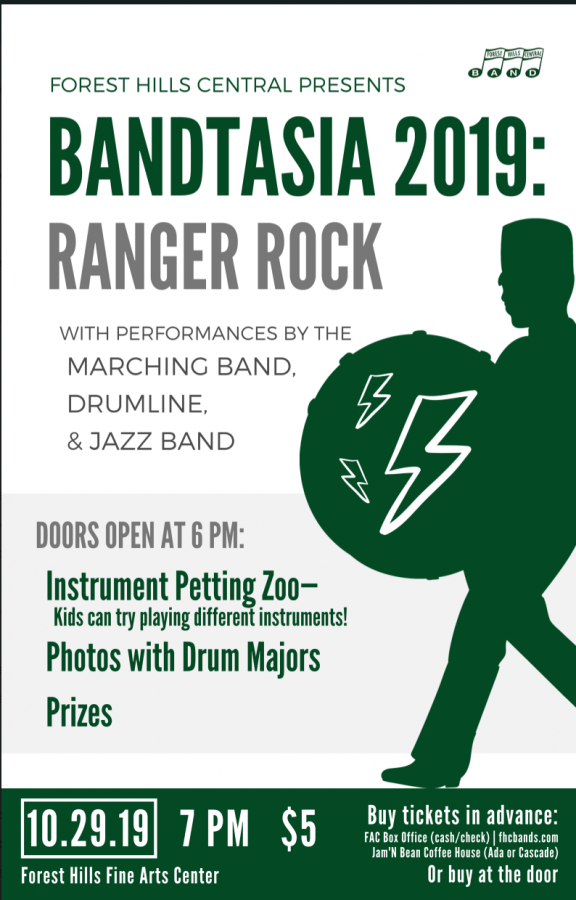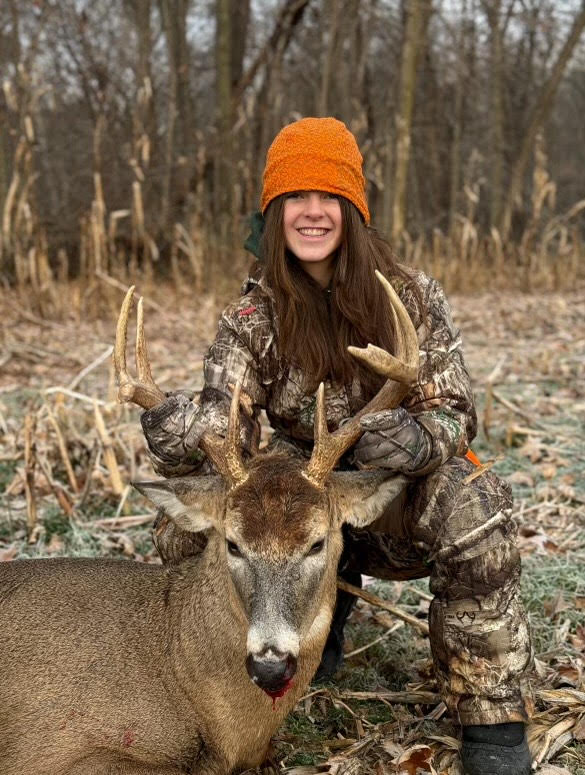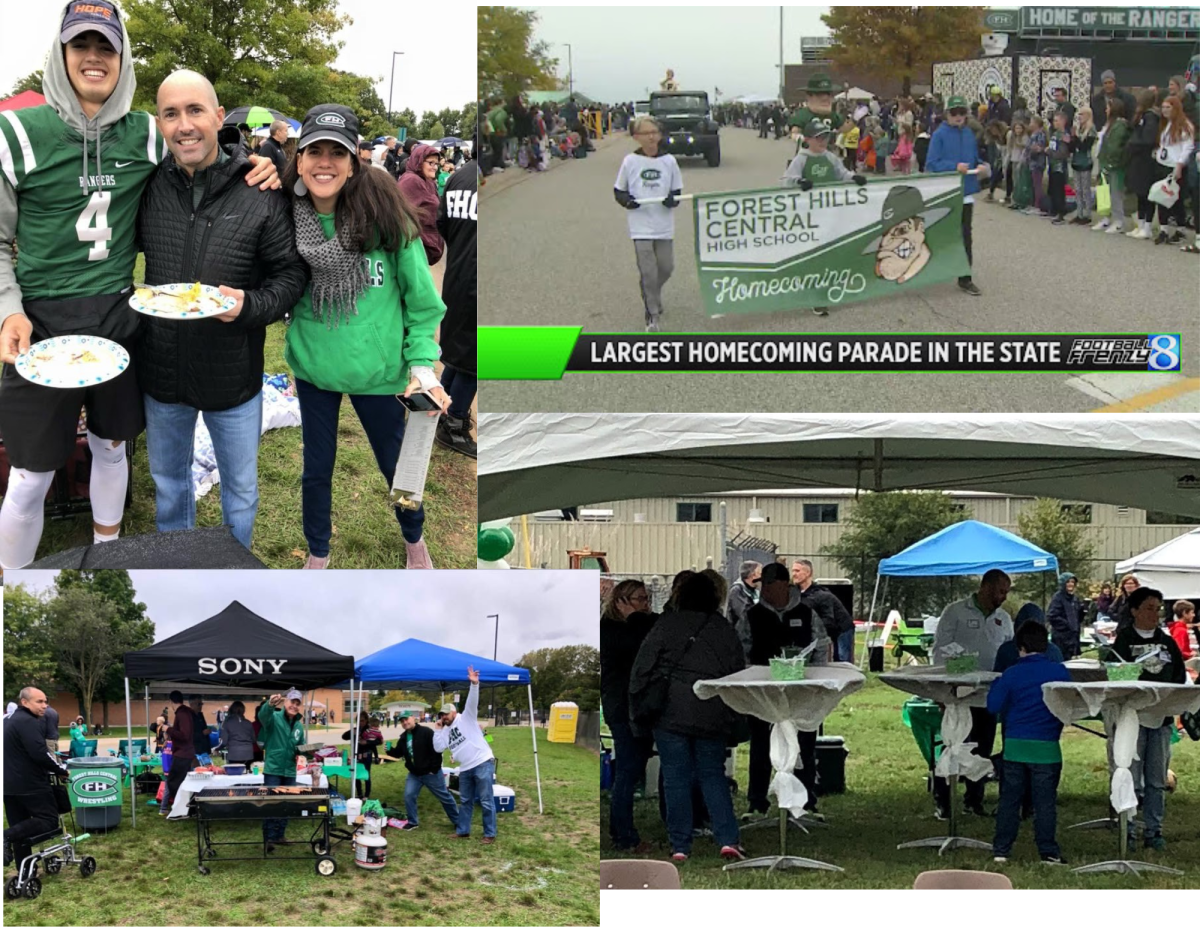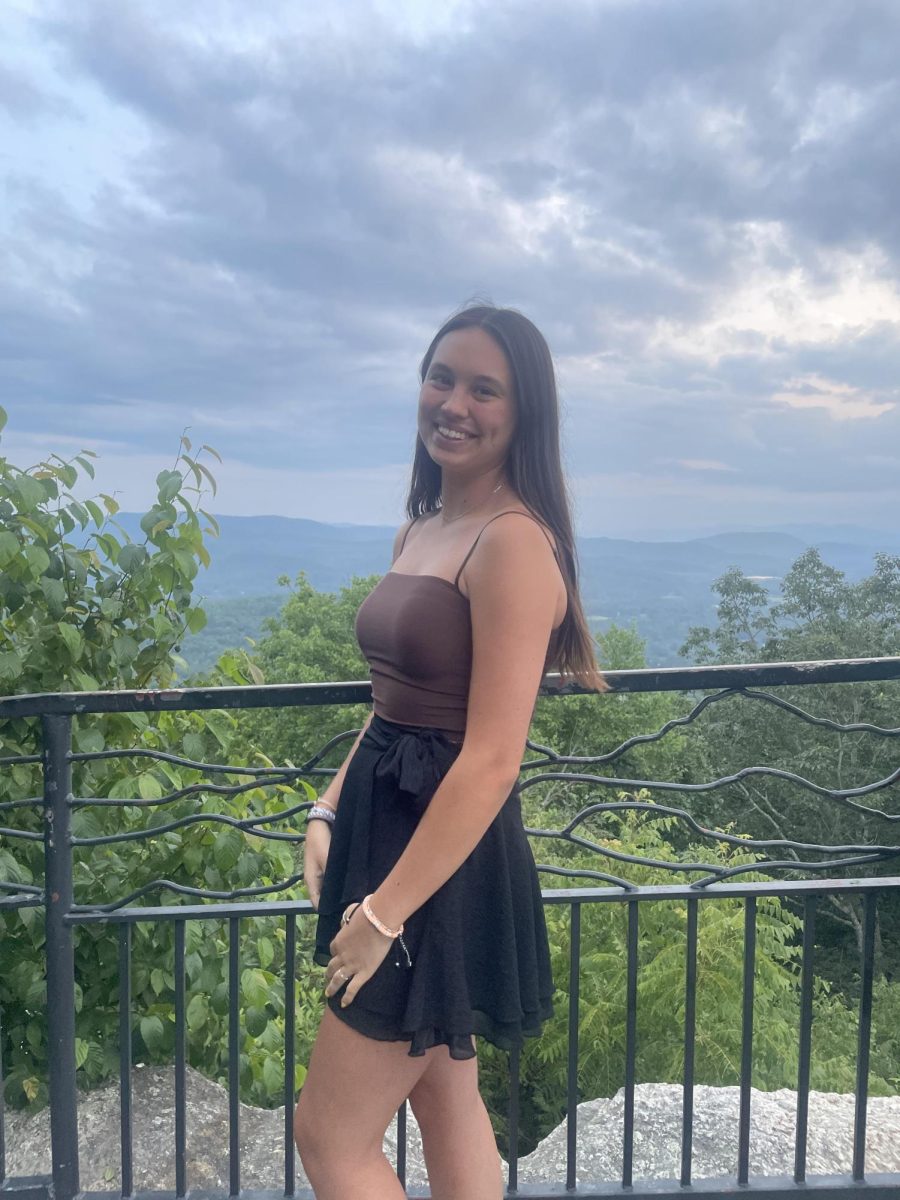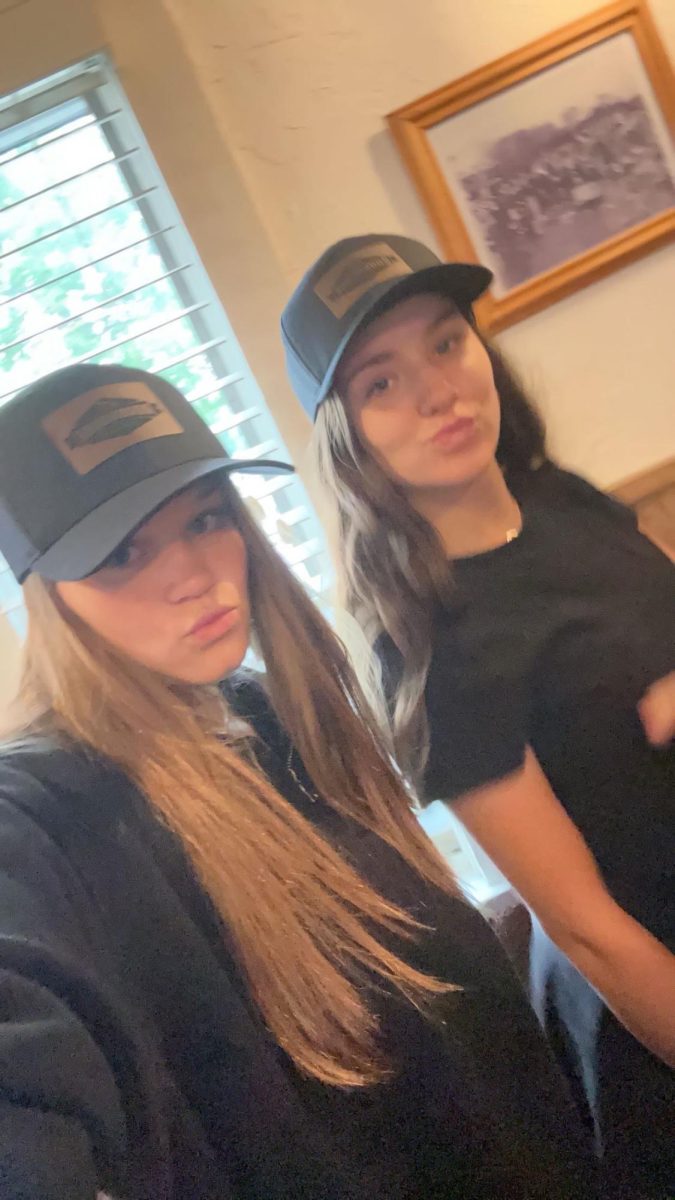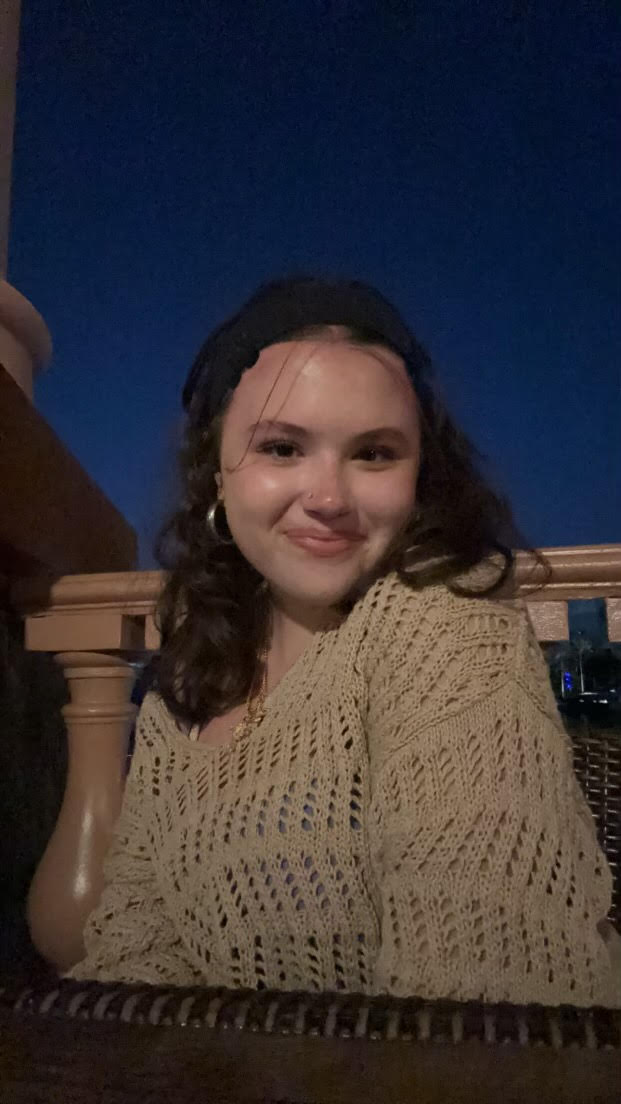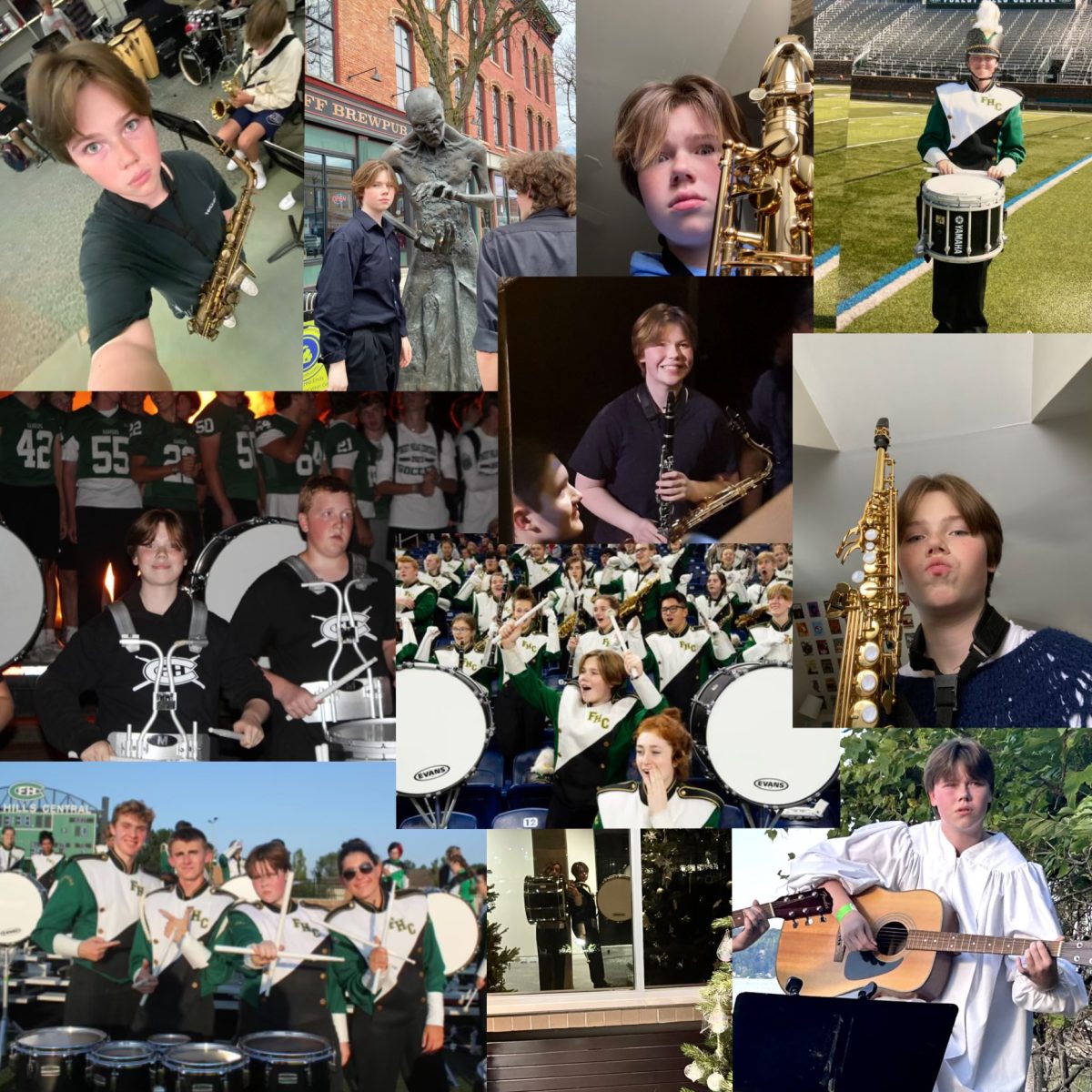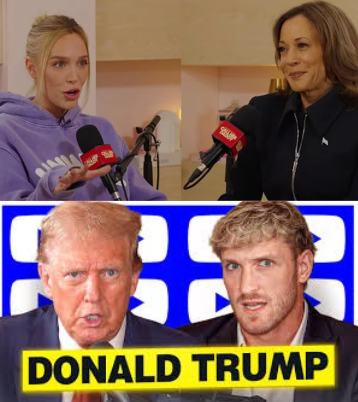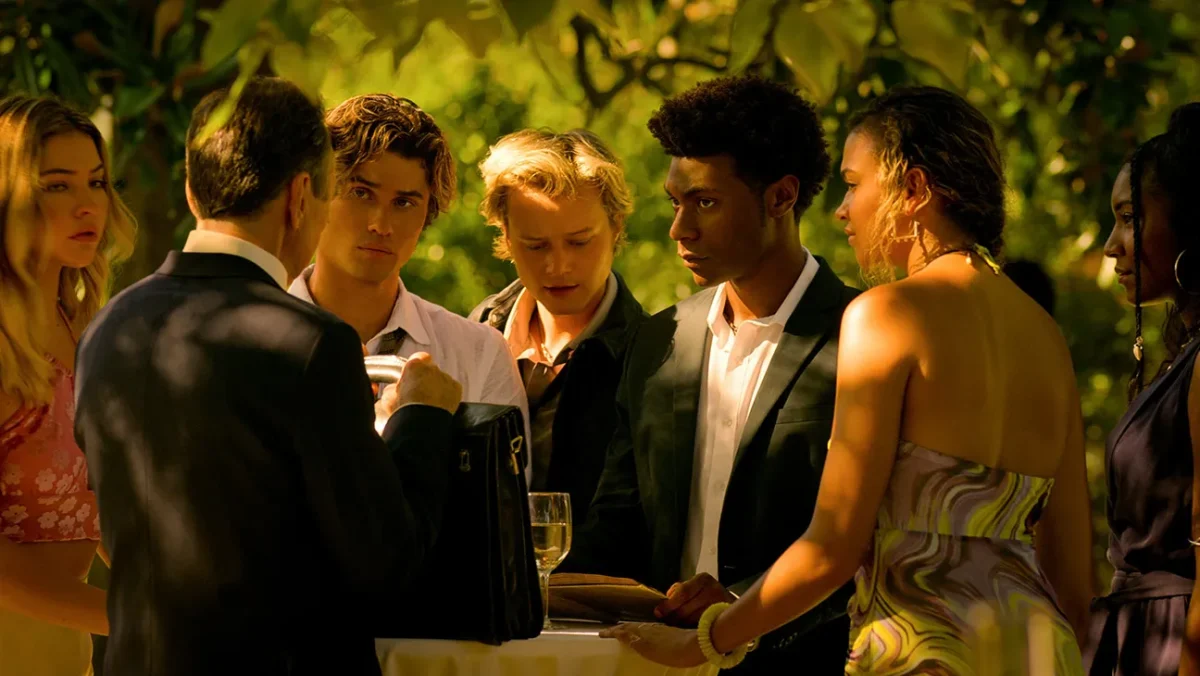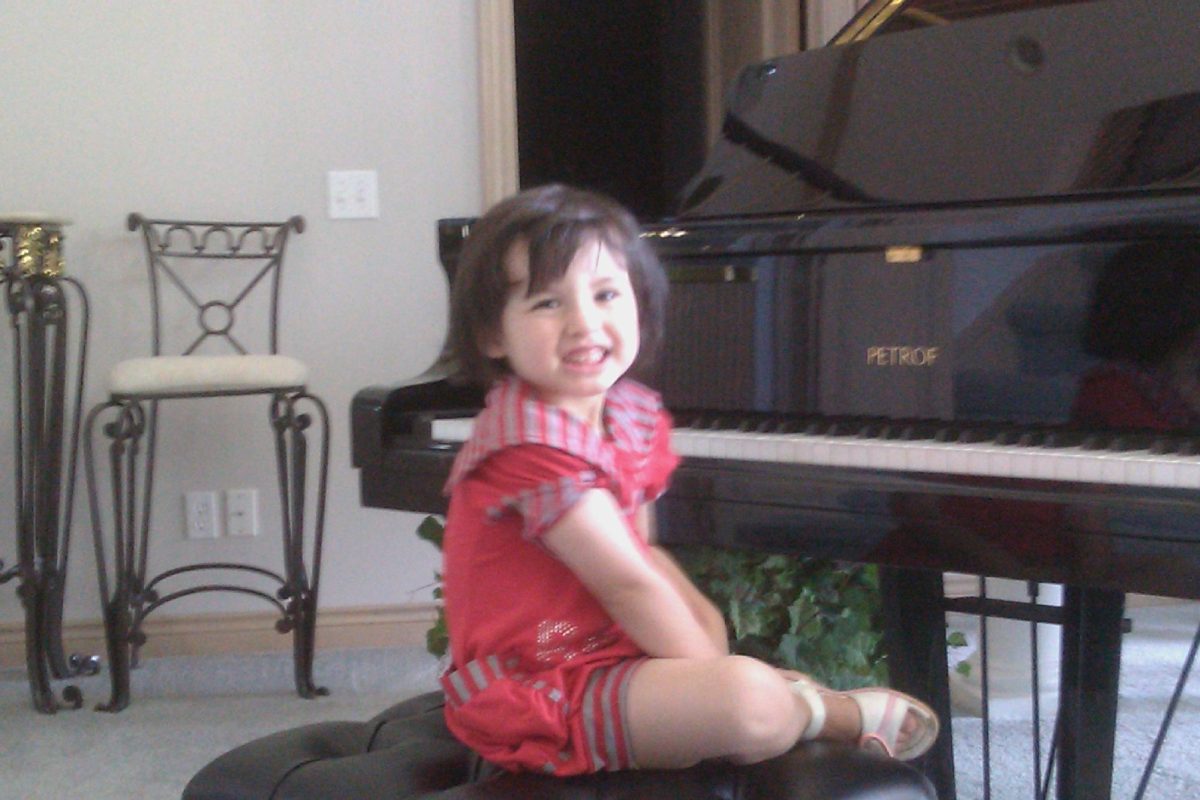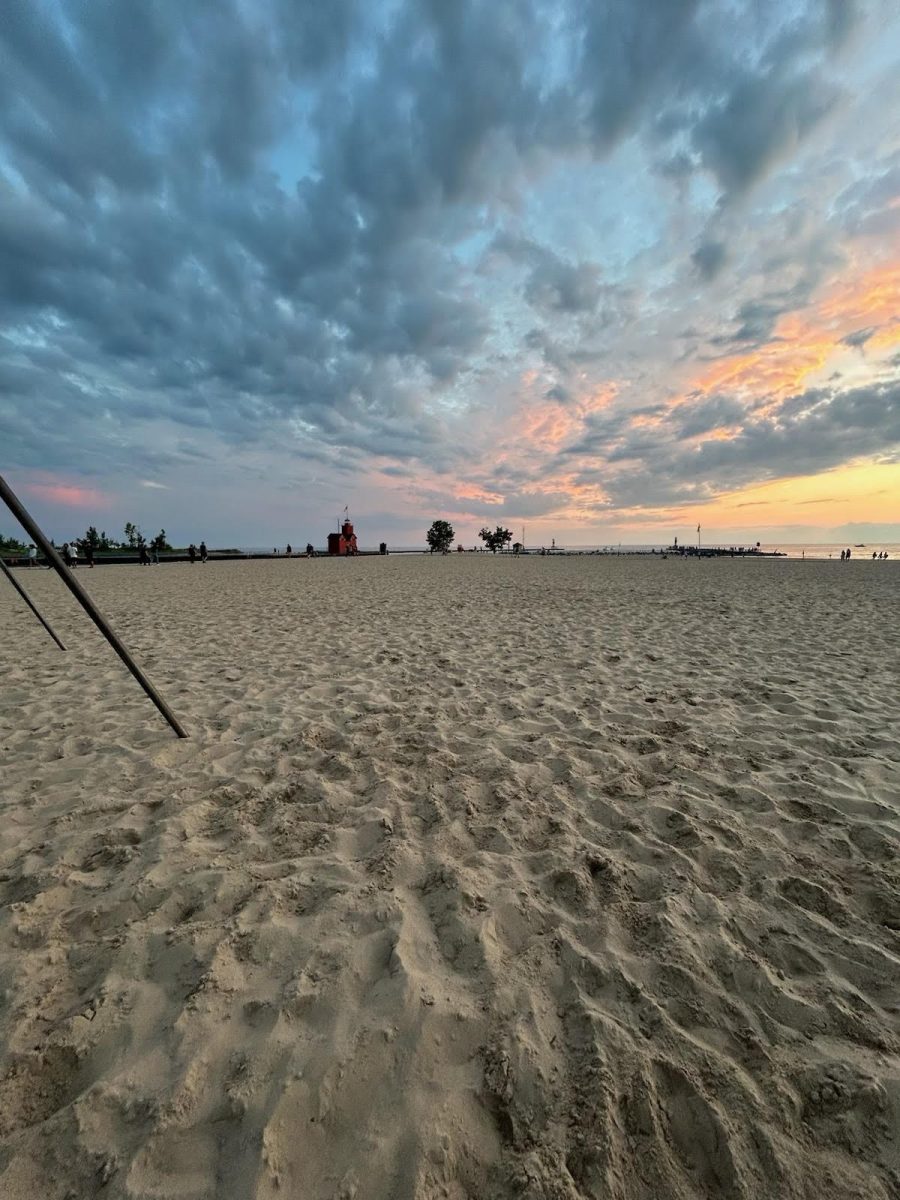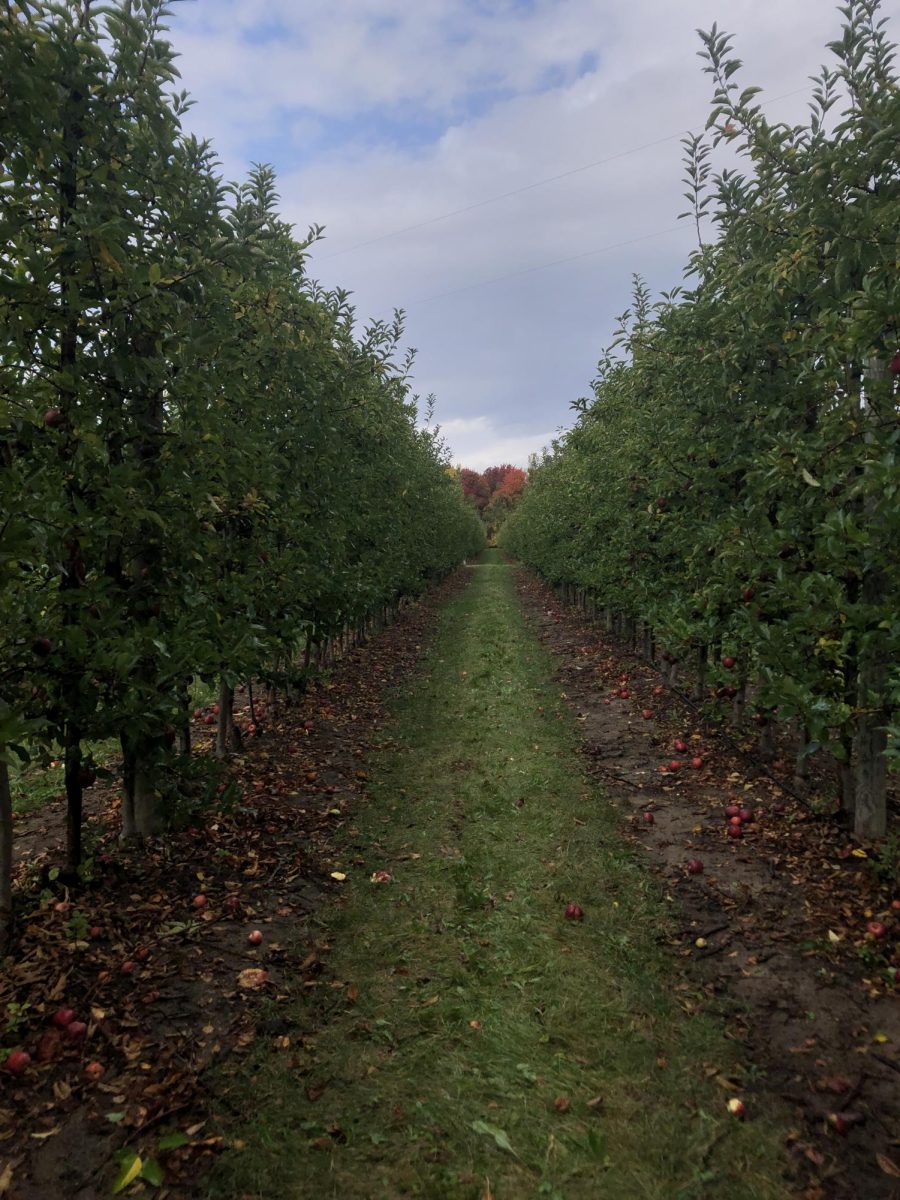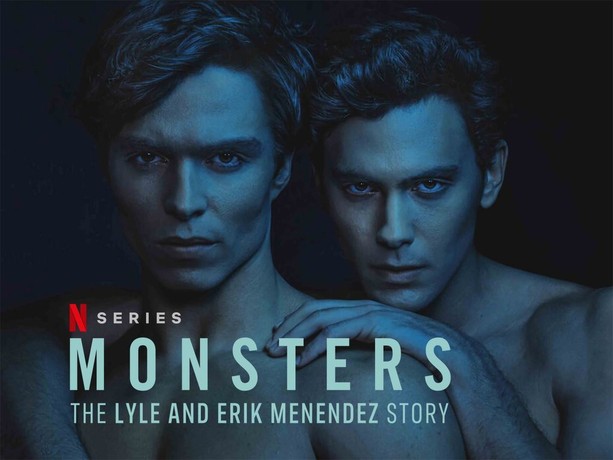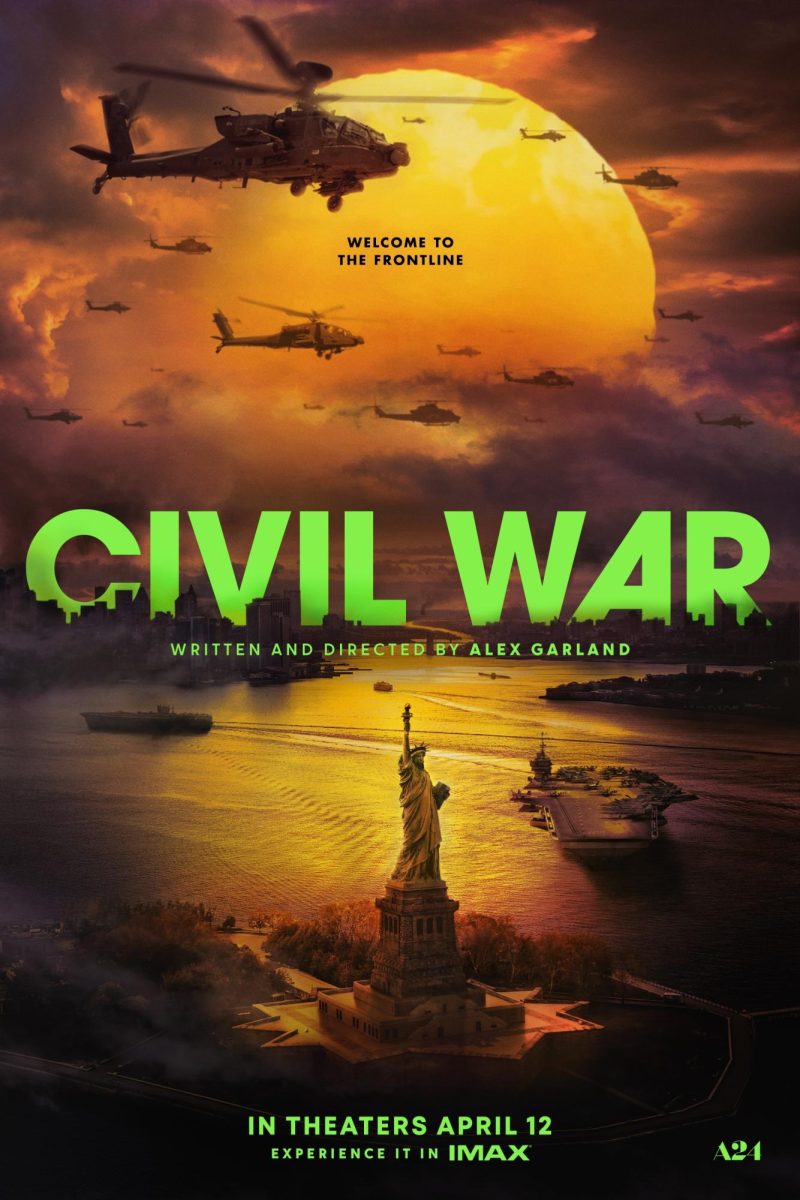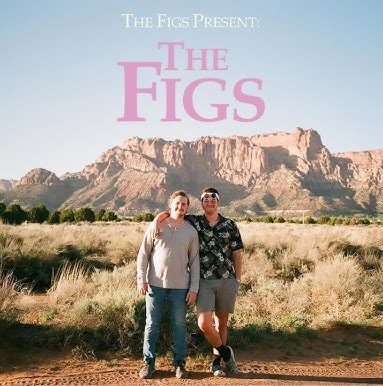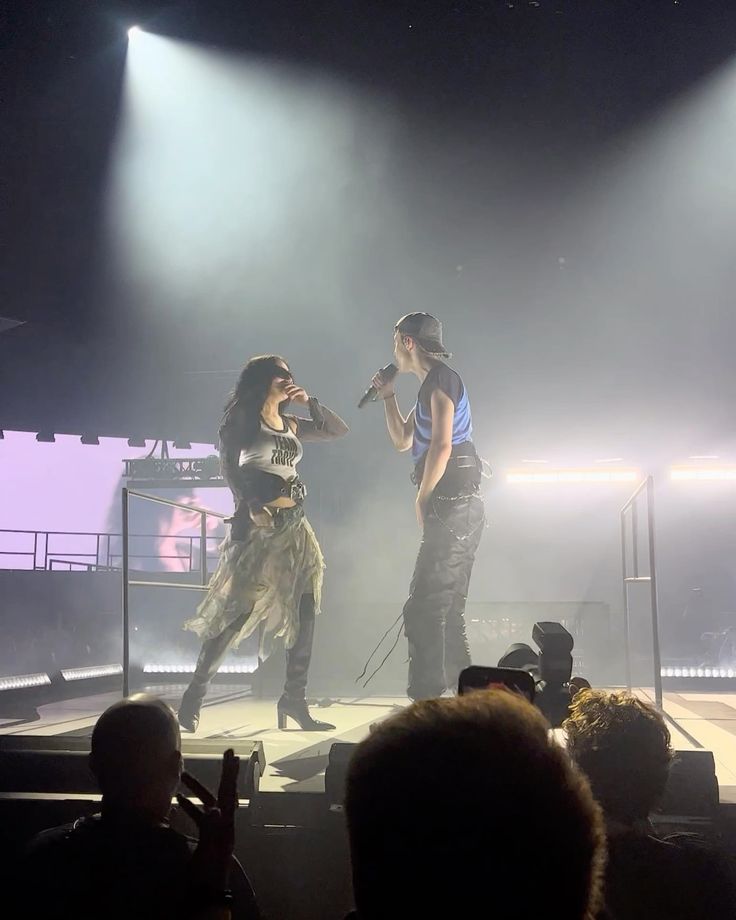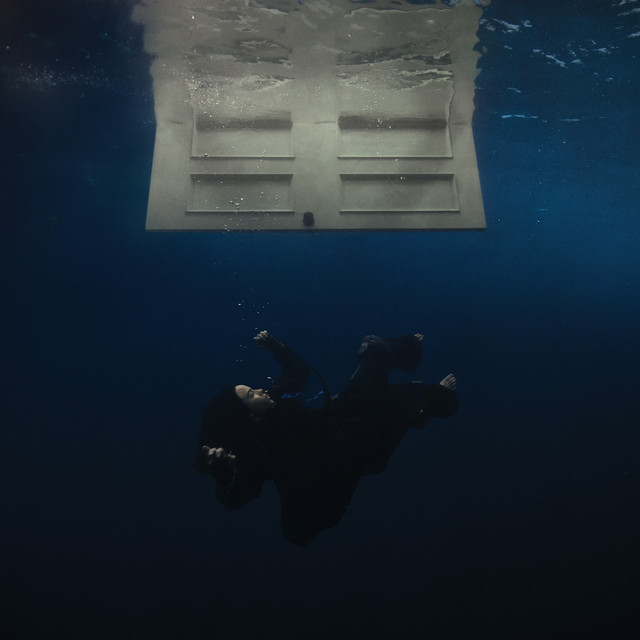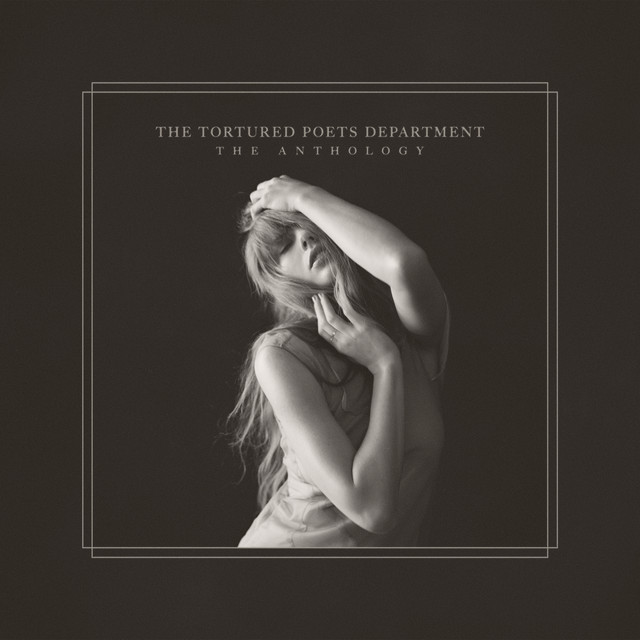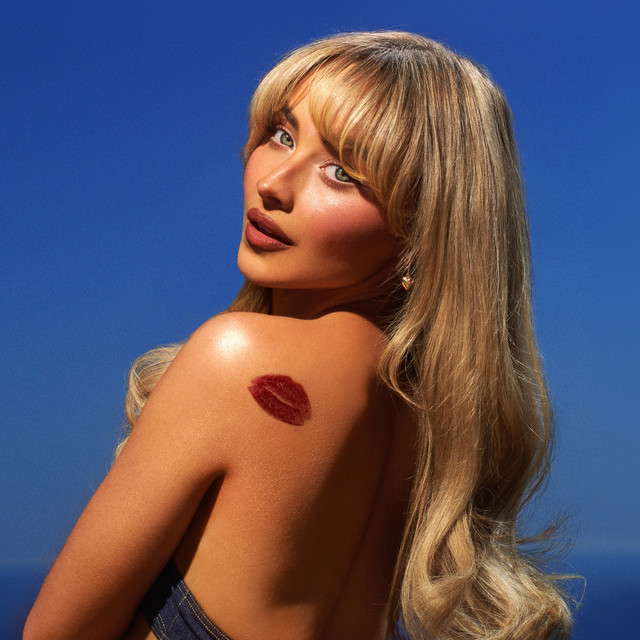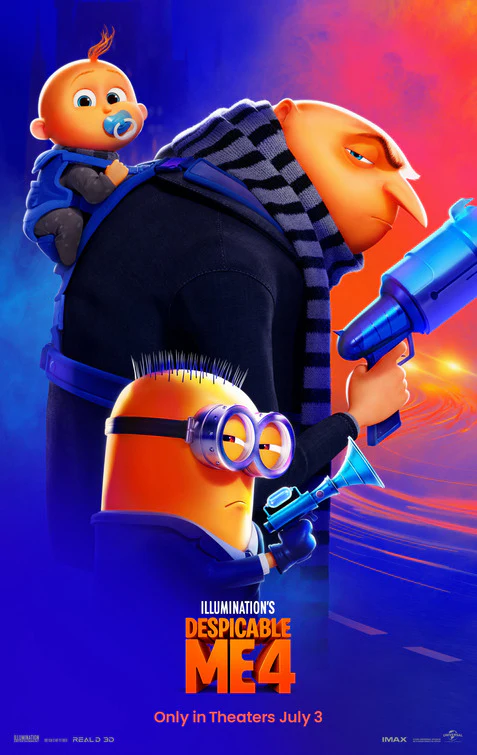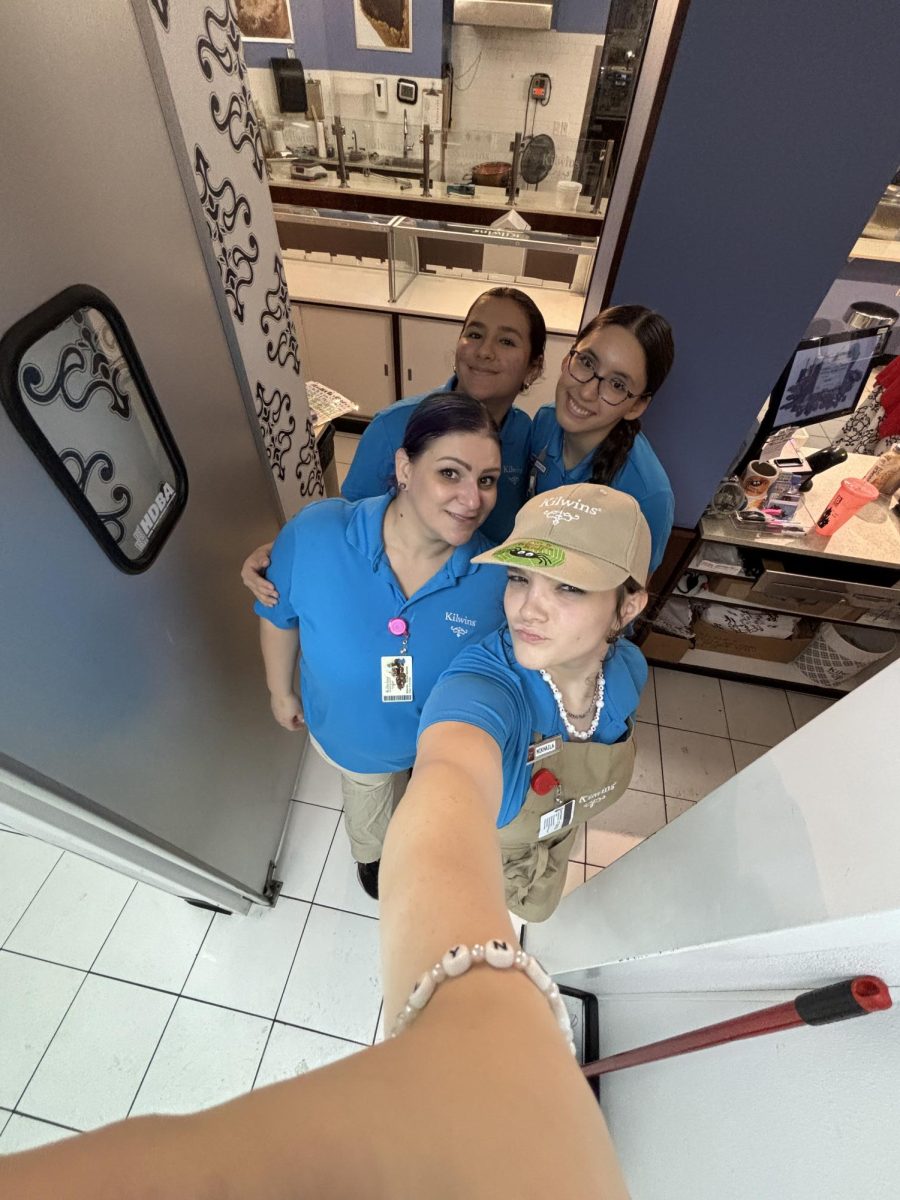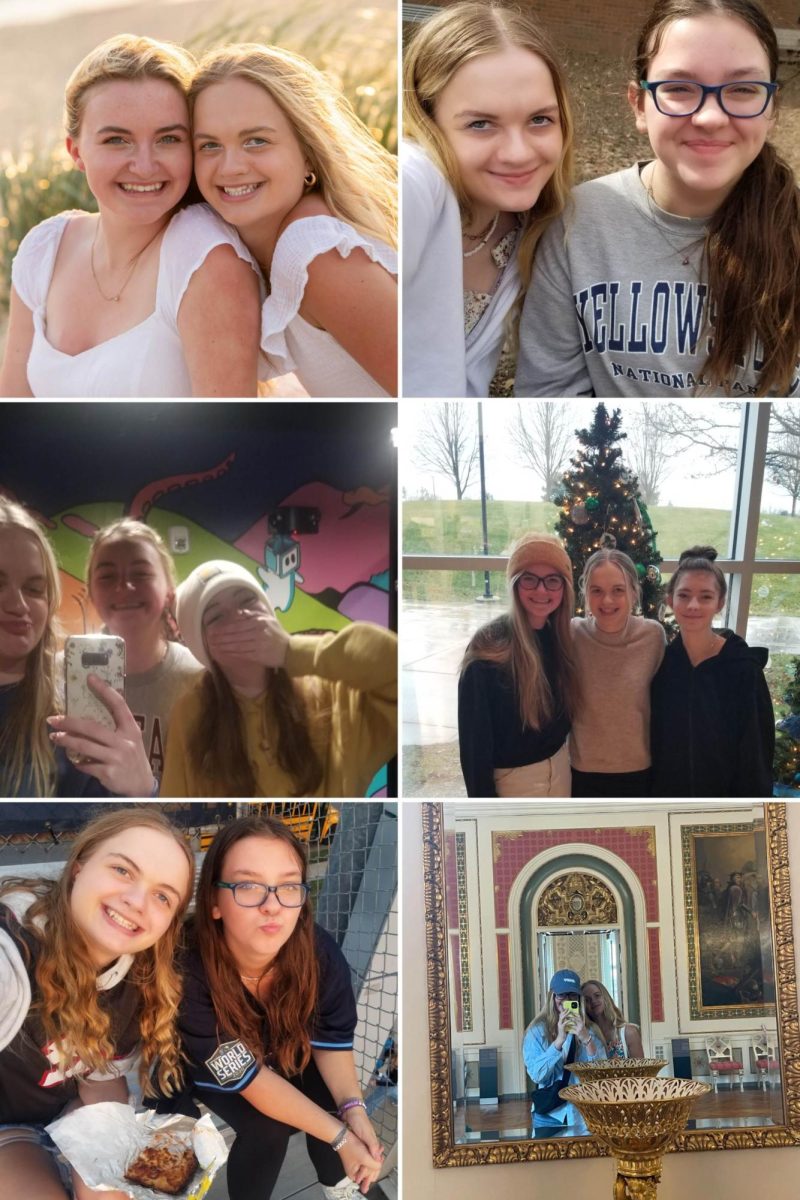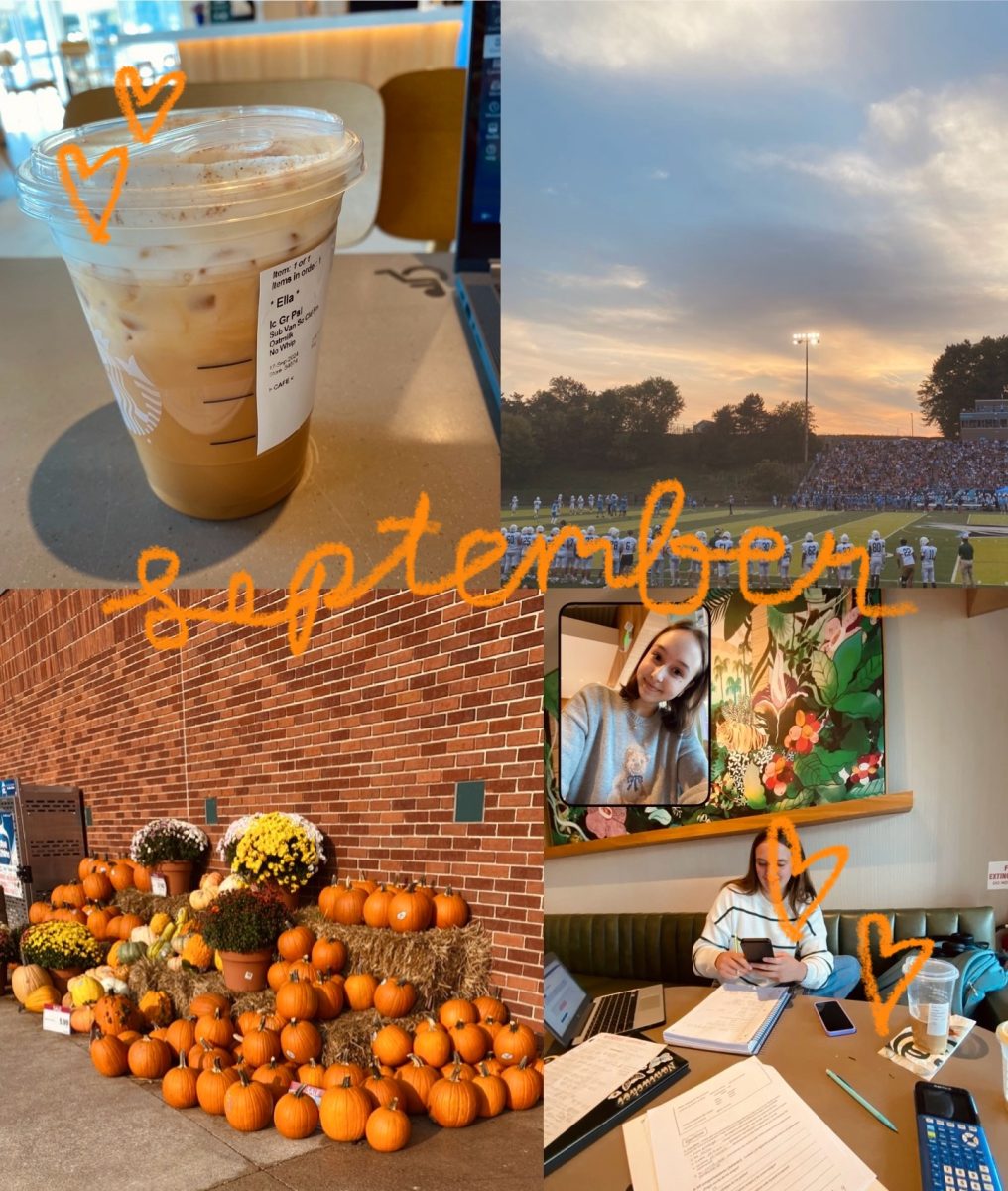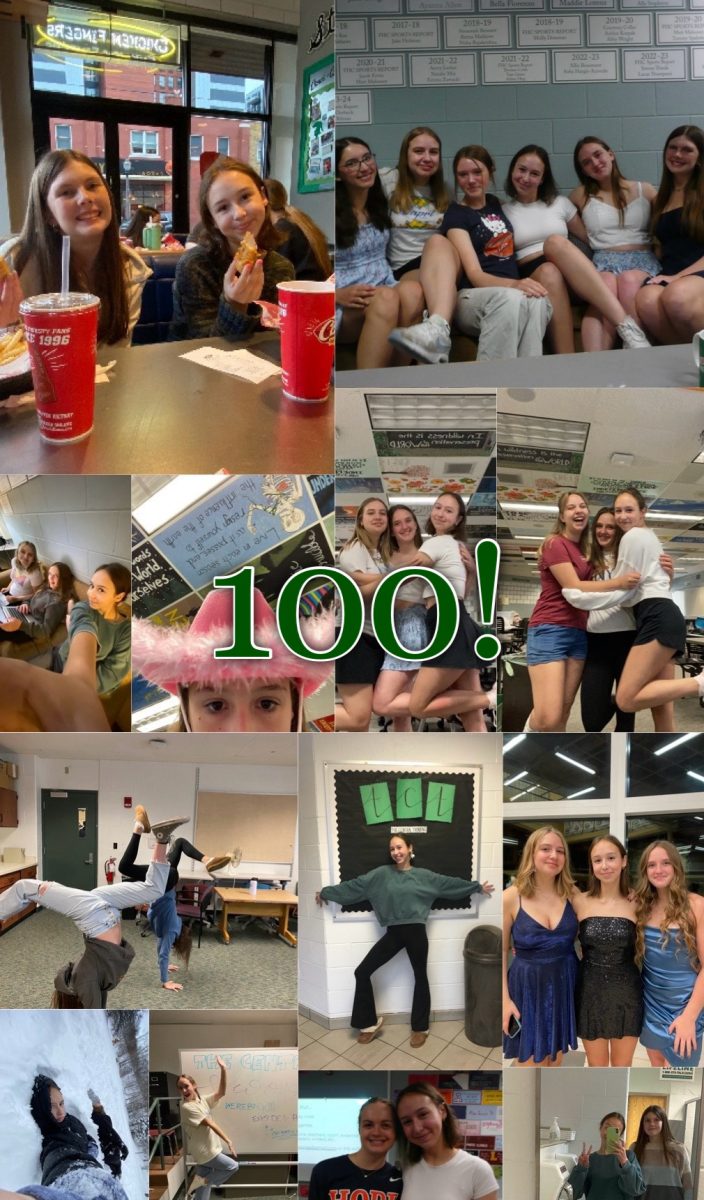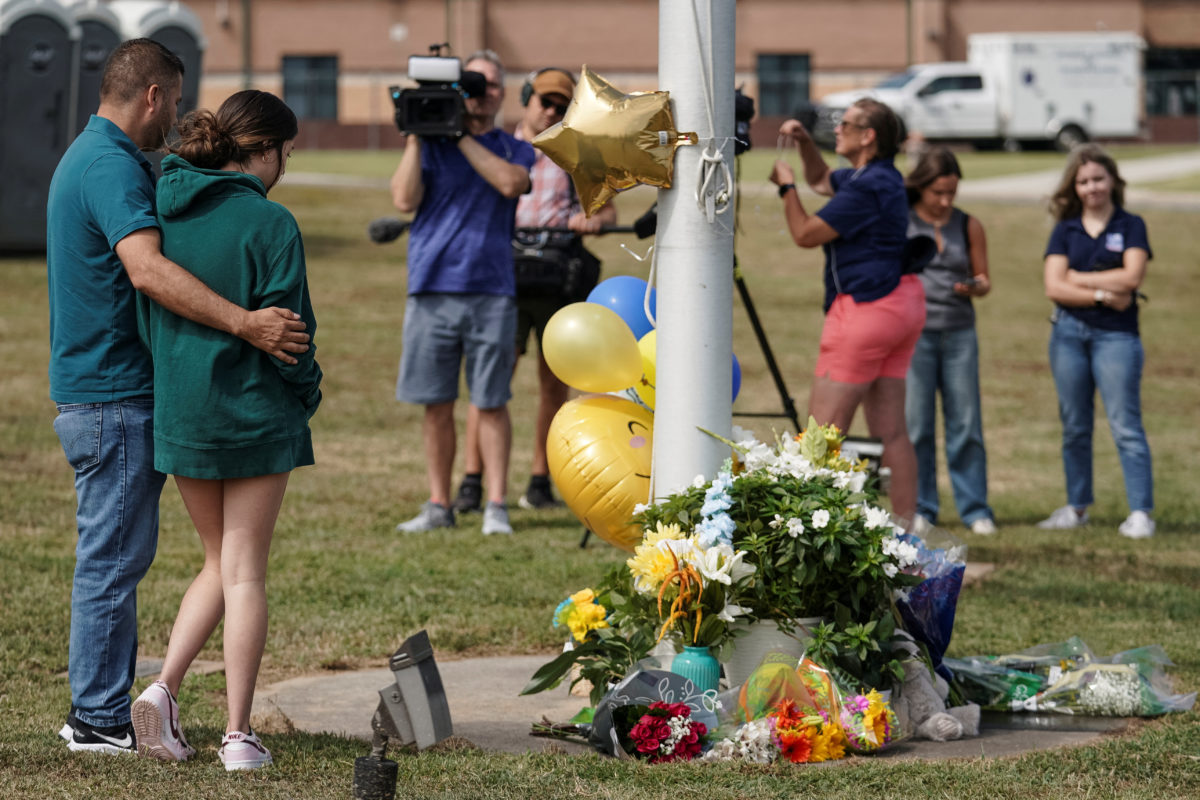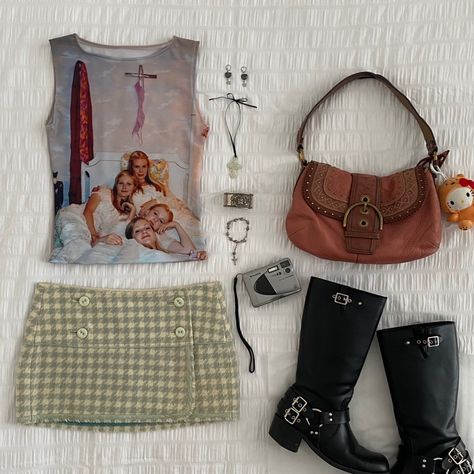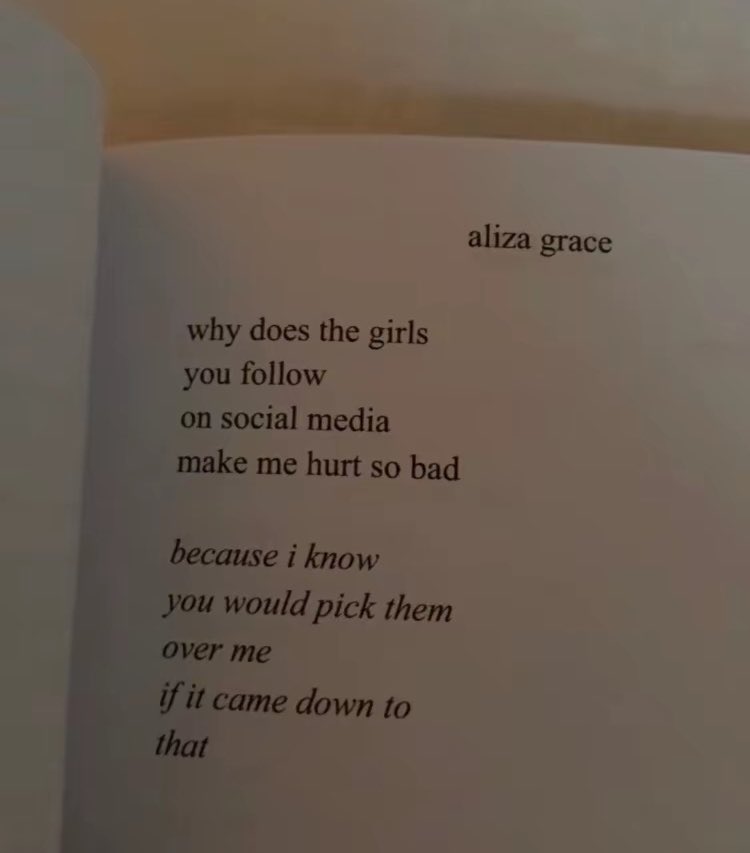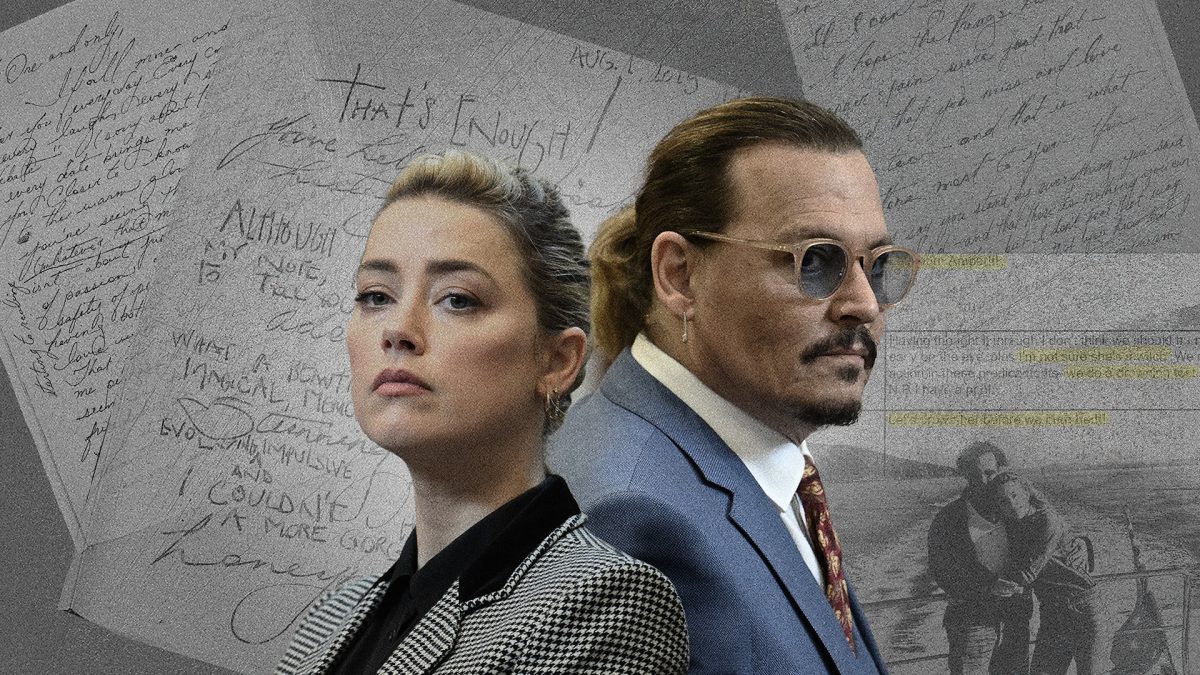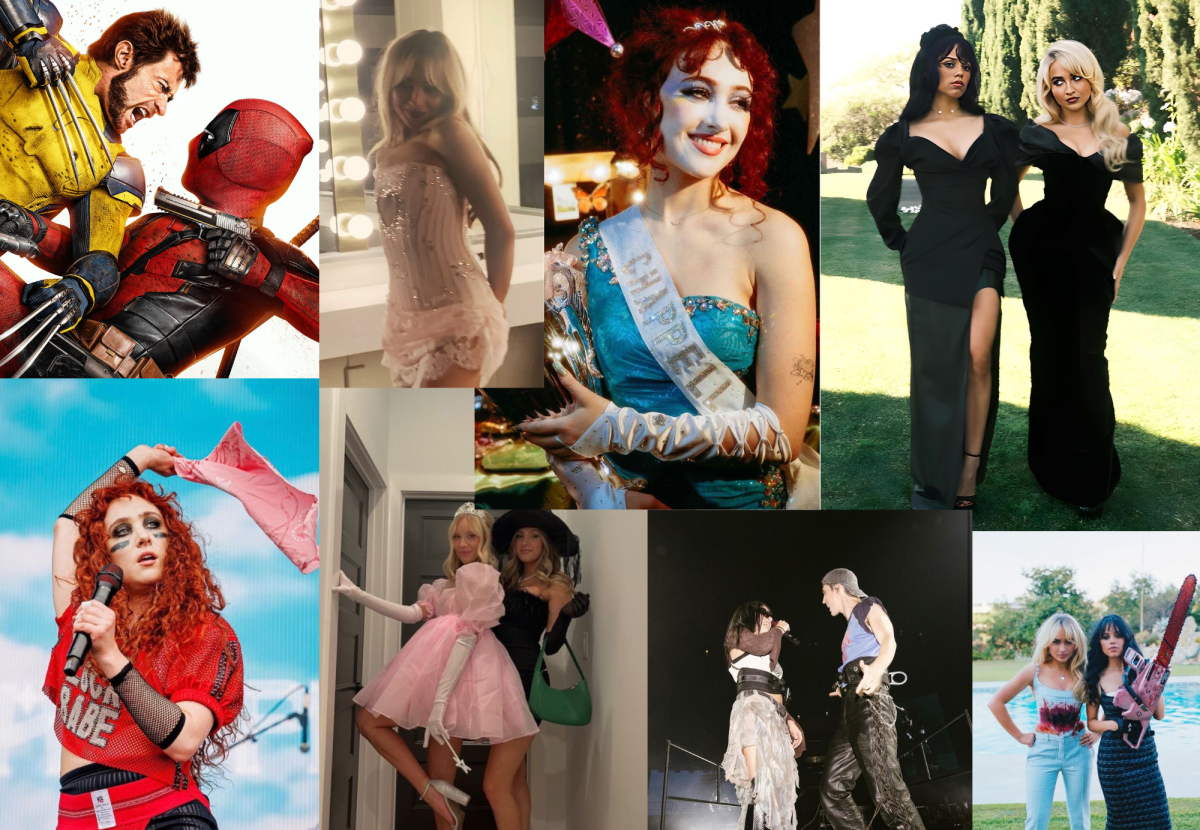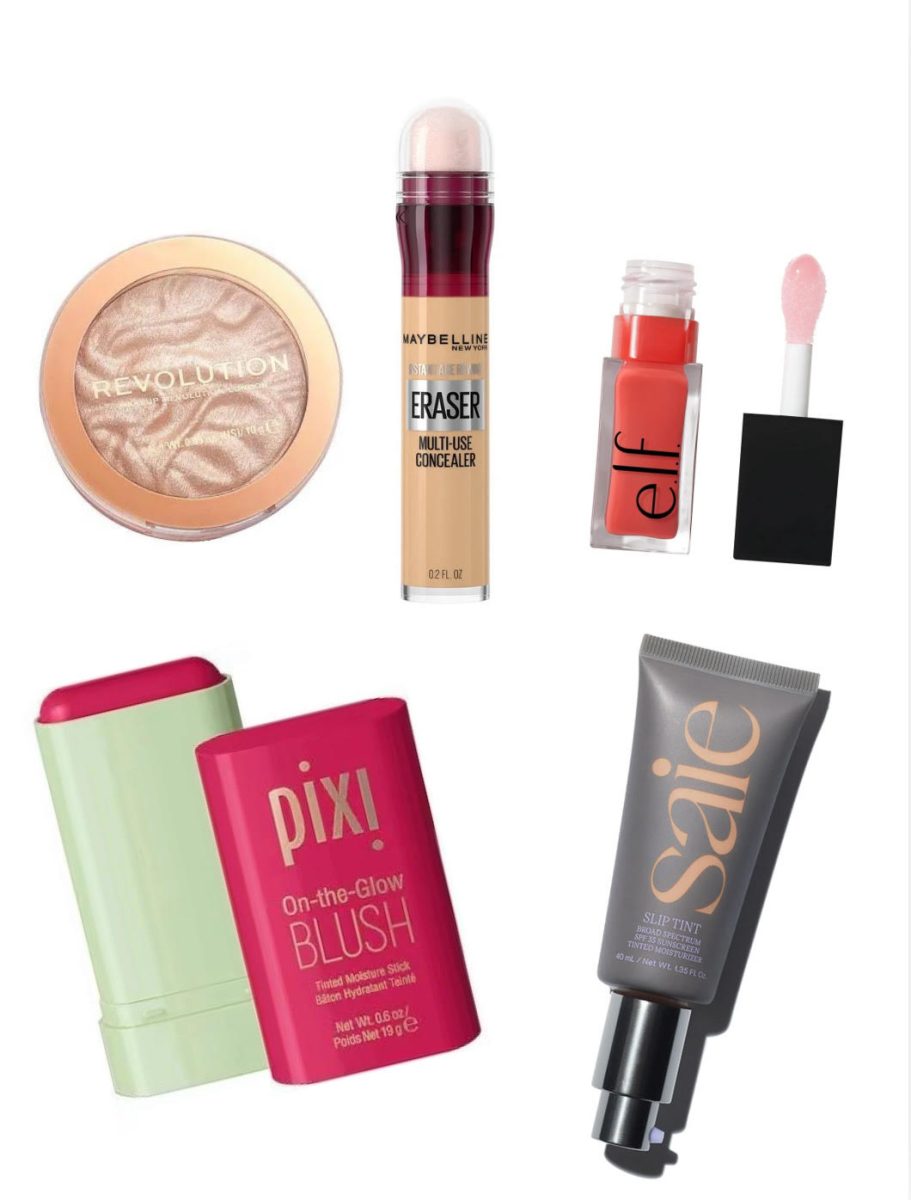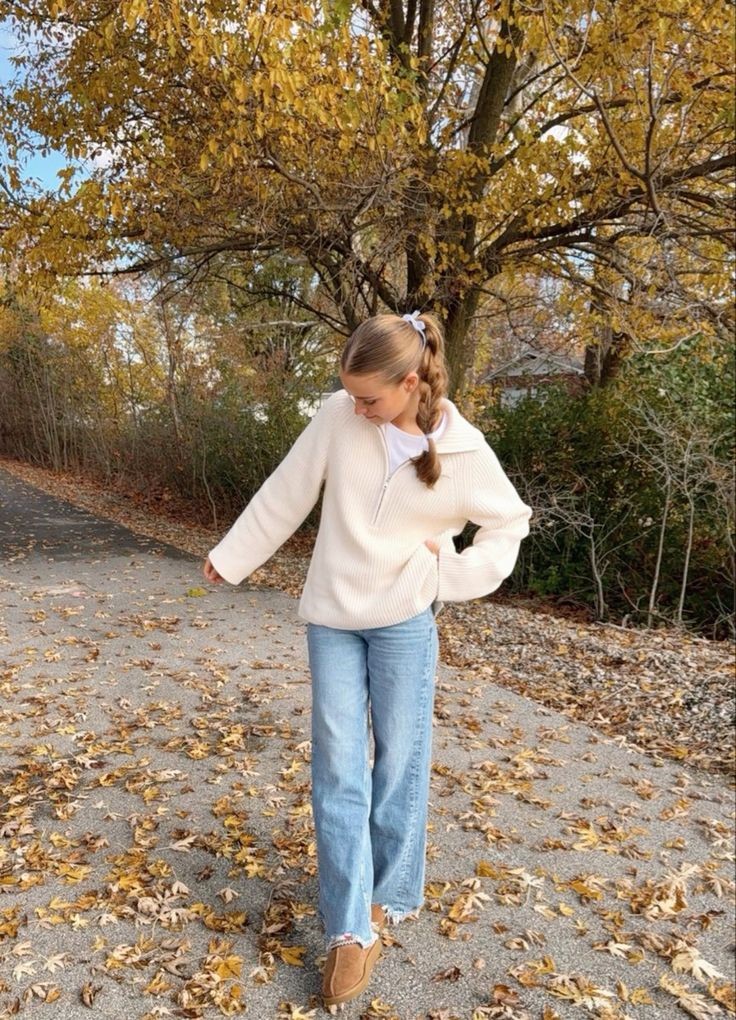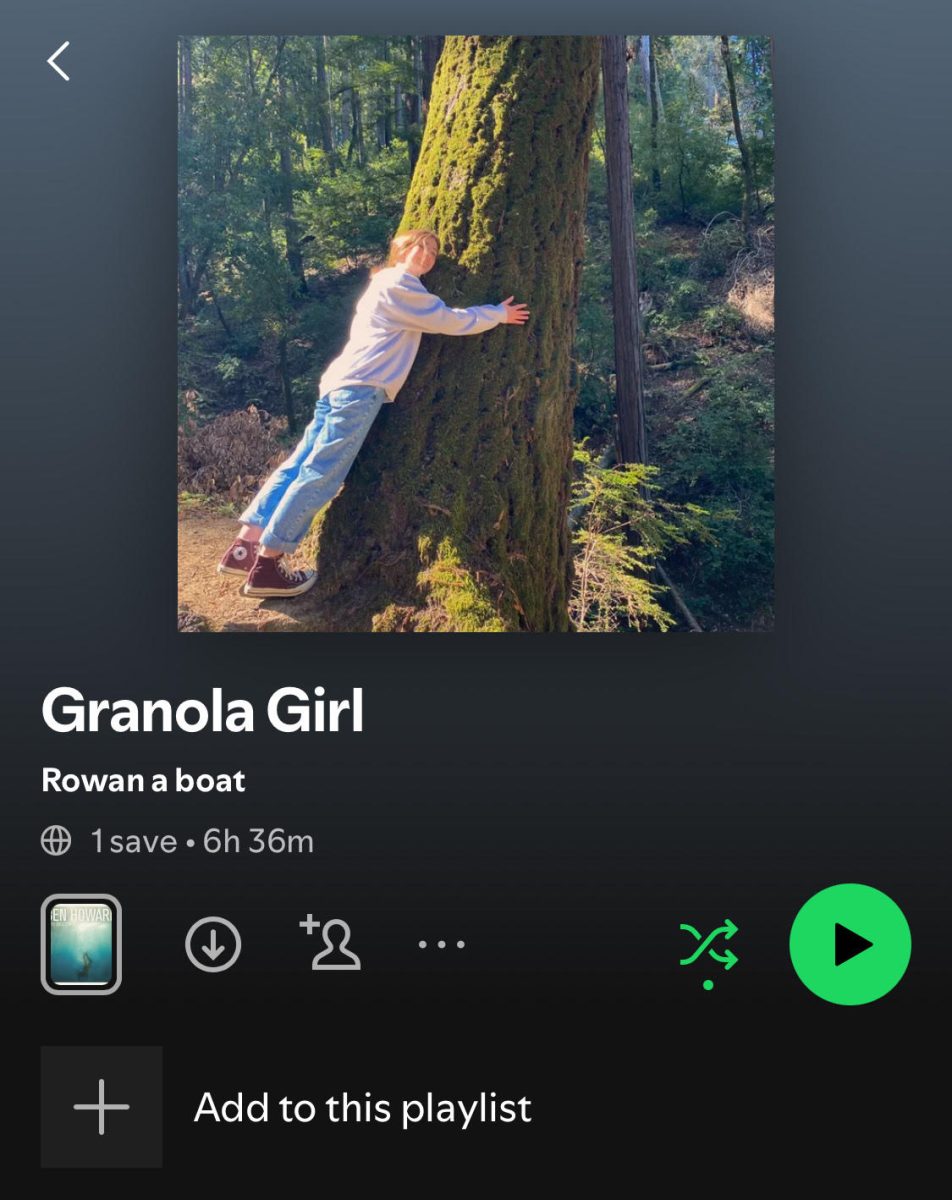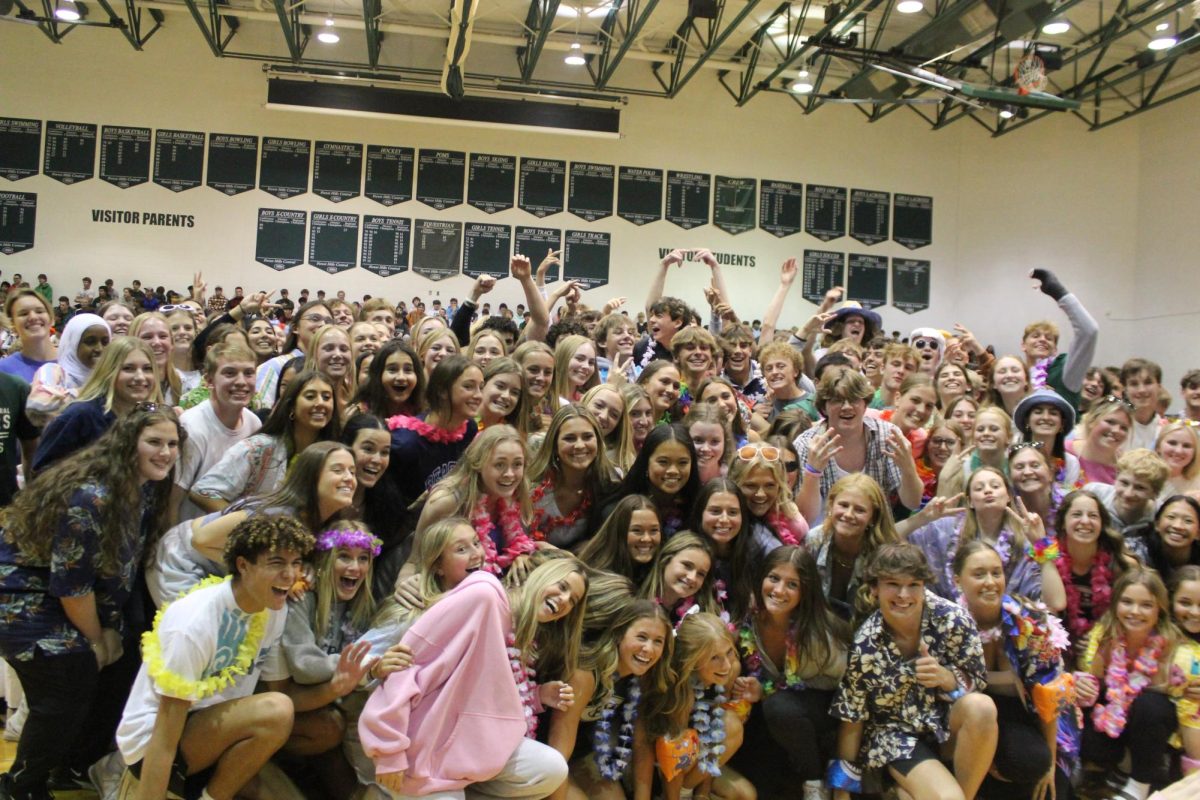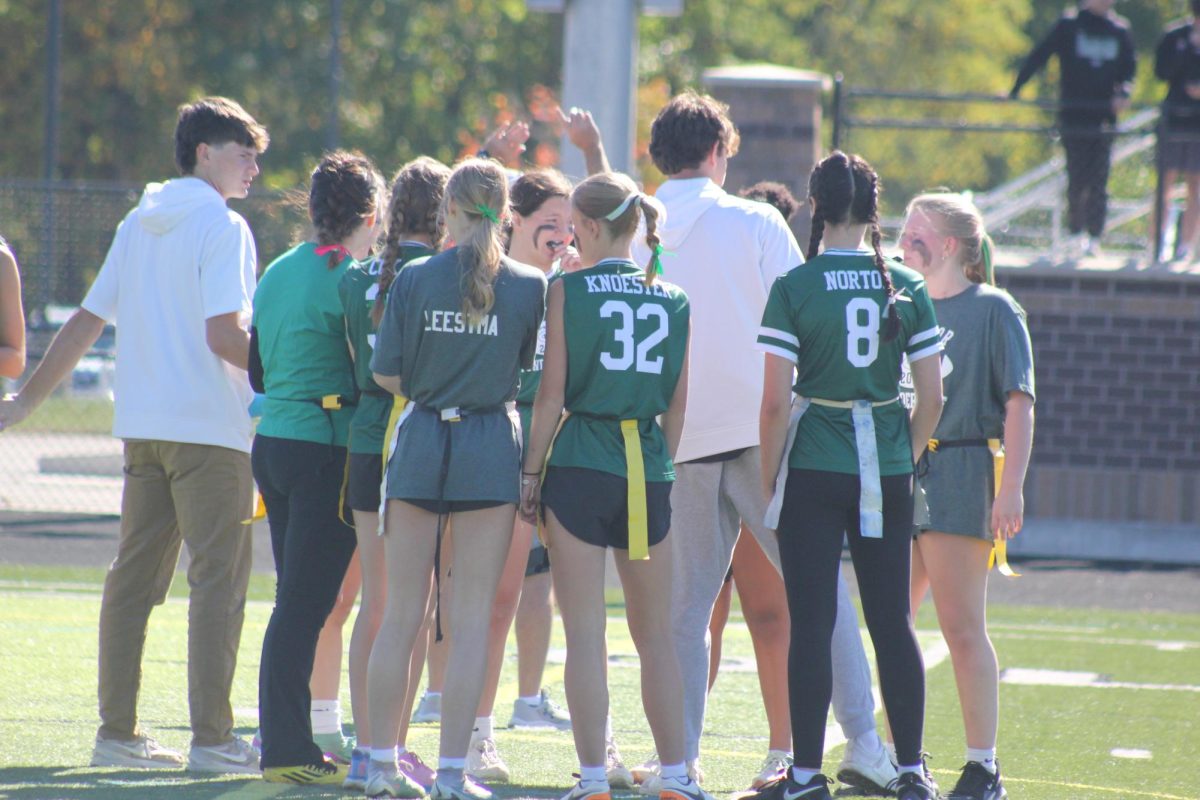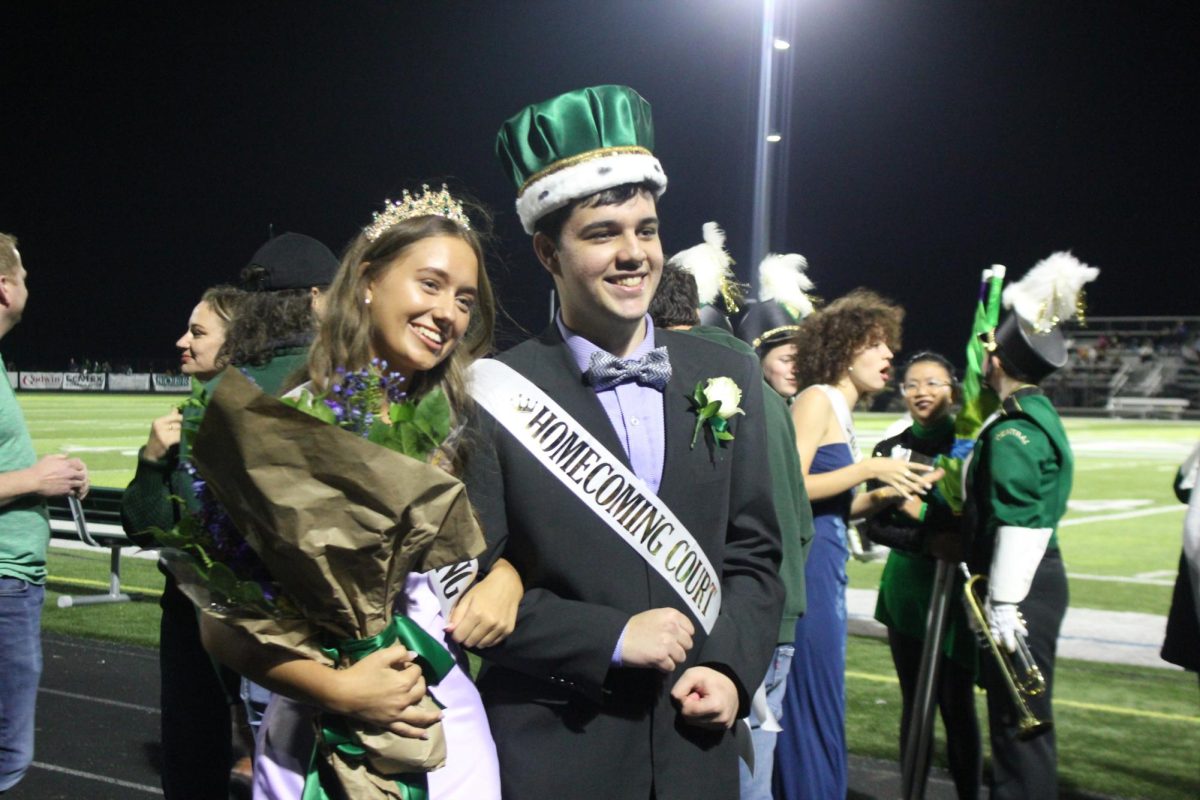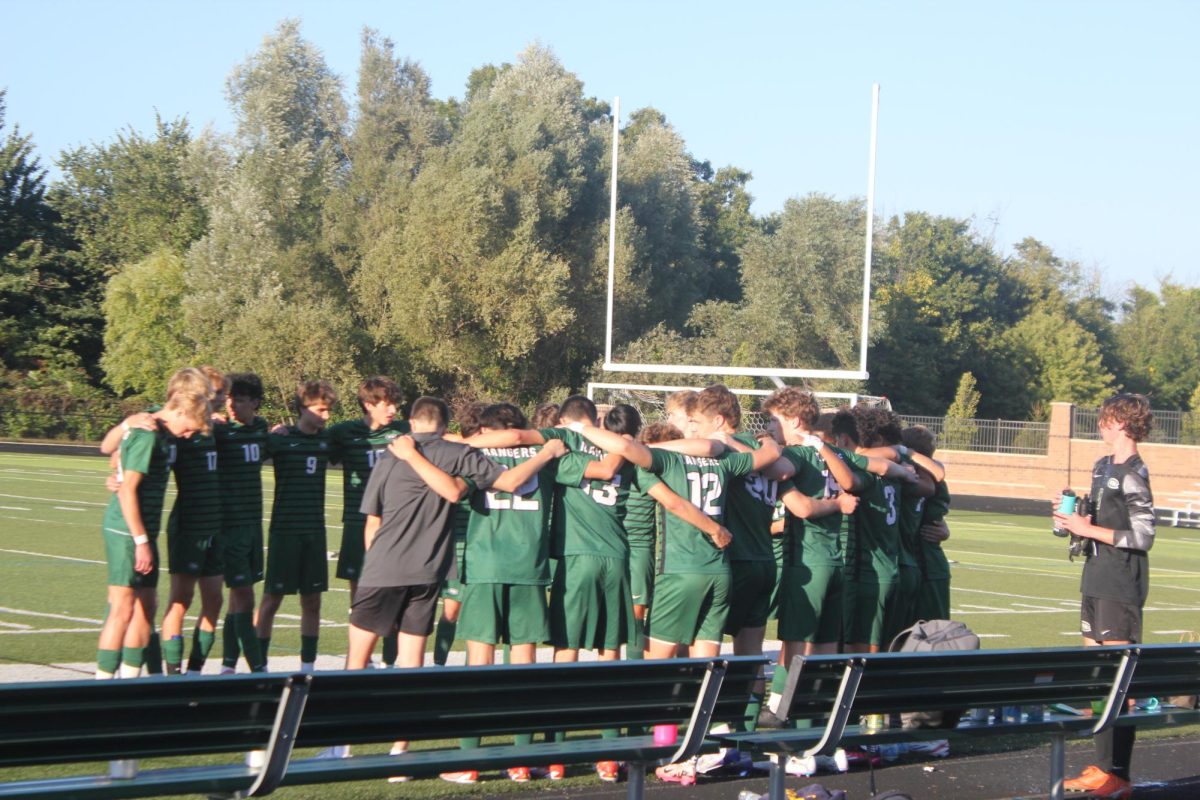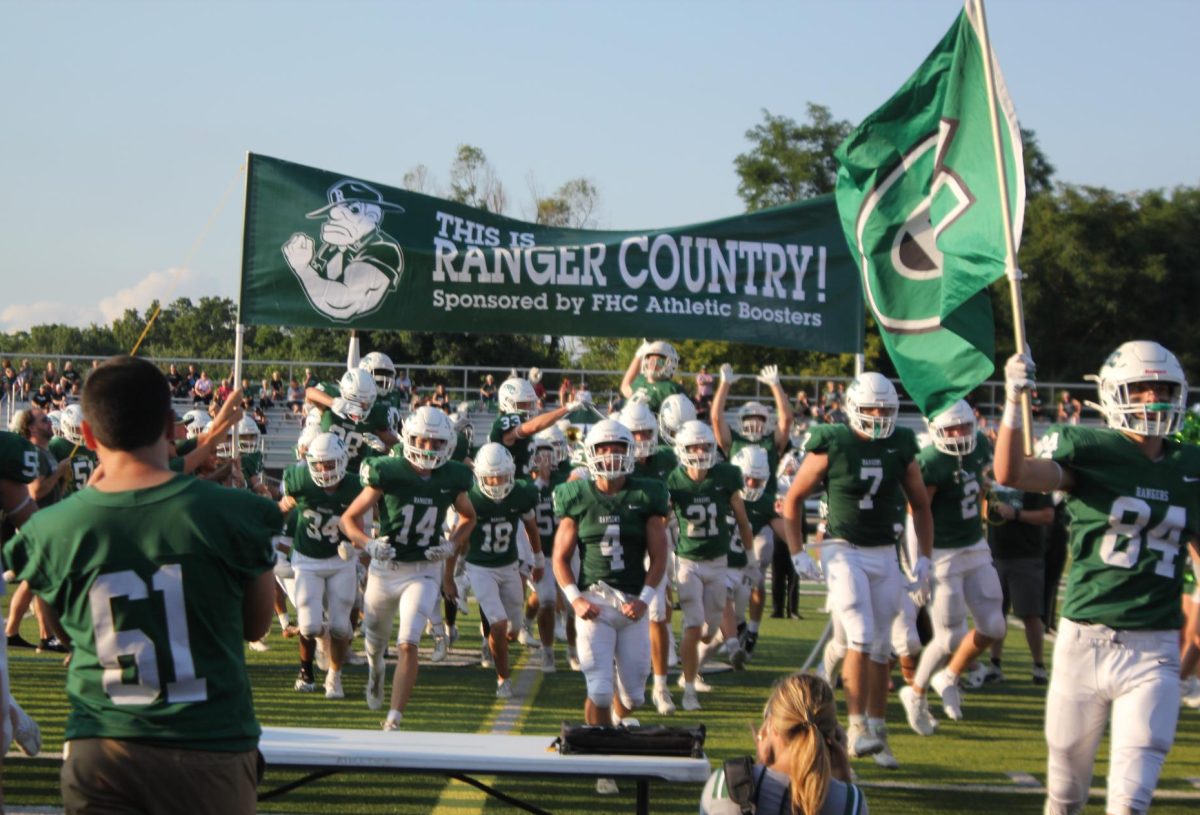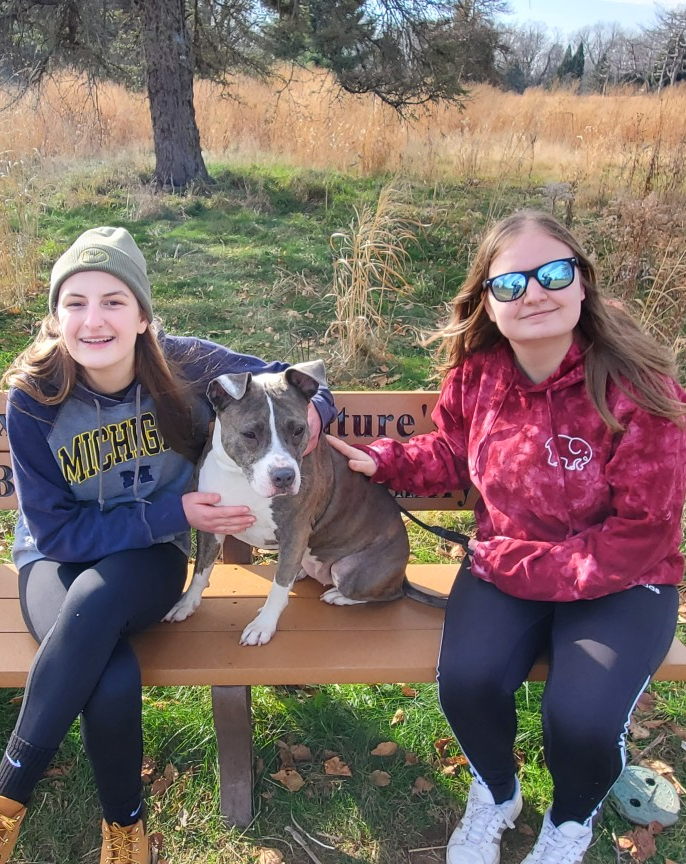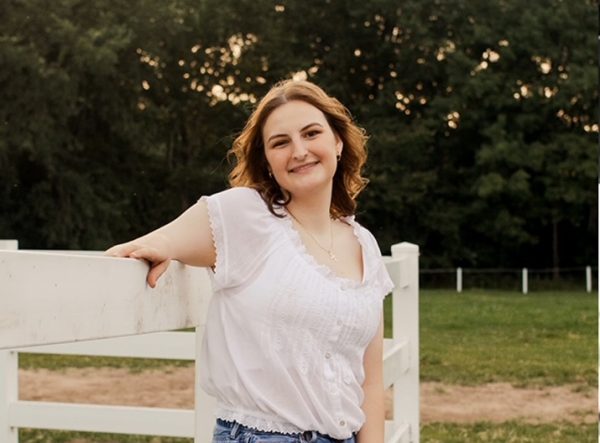I’ve never liked “neurodivergent TikTok” or “safe space for those with ADHD” accounts.
The romanticization of disorders like ASD (Autism Spectrum Disorder) or ADHD (Attention Deficit Hyperactivity Disorder), which are classified as forms of neurodivergence, is running rampant on apps like TikTok and Instagram, and I will forever hold that this will cause more harm than help.
I’ve grown up in a “neurodivergent household” due to my sister having ASD while I have ADHD. Both of these disorders have genetic ties, so it is not surprising that my parents show some signs of neurodivergence as well. Furthermore, when I was young, my neighbor had a severe form of ASD, so I understood how he was different from the other kids I grew up with.
And, as someone who has been around people with autism and other forms of neurodivergence, it is not at all what TikTok makes it out to be. Not even close.
The infantilization is sickening, for starters. Many of the “safe spaces” are childish and seem to be more catered toward young children rather than neurodivergent teenagers and young adults who frequent social media. While an immature environment may be comforting for some—especially since ASD and ADHD can warrant immature behaviors—this is not an excuse to generalize and assume that all people with neurodivergence need childlike and “cutesy” decor. Honestly, for me personally, it’s overwhelming regardless of how well-meaning and well-intended the account is.
Worse yet than these kind-hearted but misdirected “allies” is the oddly high number of people who have self-diagnosed (mostly ASD) and act infantile. Self-diagnosing is an entirely different can of worms, but it is extremely off-putting to see people who have concluded that they have a debilitating disorder because of a score on an online test (more specifically, the RAADS test, which should not be used solely as a diagnostic tool). It gives the impression that people who sometimes share certain traits with autistic individuals automatically assume that they have this disorder and then give their impression of what they think someone with that disorder would act like. It feels like mockery, really.
And, of course, these users tend to be the most outspoken on the topic, drowning out the voices of true creators with ASD and ADHD and spreading misinformation like wildfire. While both of these forms of neurodivergence manifest in different ways for each individual, I can’t help but notice TikTok creators who claim to have these disorders make somewhat of a caricature of those of us with neurodivergence.
This, in turn, causes widespread misunderstanding—no, your obsession with dinosaurs is not your special interest and does not make you autistic because you like something typical of young children. The main thing that these romanticization accounts tend to forget when they talk about the “endearing” and “creative” aspects of neurodivergence is that at the end of the day, it is connected to a disorder.
“Neurodivergence” isn’t just creativity, and calling people without ASD, ADHD, or other forms of neurodivergence “neurotypical” and putting them down for a lack of originality is ridiculous. It is true that many neurodivergent individuals have been unjustly and unfairly treated by their peers because of their disorders, but the most detrimental bullying is often unlabeled and normalized.
From what I have personally witnessed, my neurodivergent peers who struggle socially aren’t called out because they have a disorder. It’s because people are ignorant of the fact that many people deemed “weird” or “friendless” have a disorder of some sort. It’s not the disorder that these people have that gets them outcast—it’s that their symptoms garner much less sympathy and understanding than a label.
Nobody has ever told me that they dislike me because I have ADHD, but people have told me that I talk too much, I have a bad attention span, and that I have strange hobbies. Nobody has told my sister that they dislike her because she has autism, but she had a hard time making friends because of her unique interests and lack of social awareness.
The TikToks that attempt to make “stimming” (getting sensory stimulation) aesthetic are downright inaccurate, as much “stimming” for neurodivergent people comes in the form of repeated small movements, sounds, or even small destructive behaviors. It rarely takes the form of fun toys and cute movements. “Special interests” are different than simply enjoying something a lot, and hyperfixations aren’t the same as focusing on work or hobbies for a while.
I strongly dislike “neurodivergentTok.” Hate on “neurotypicals” and trying to make neurodivergence look appealing is sickening. It is true that neurodivergent people tend to have unique talents that make them original, and, oftentimes, more inventive. They also deserve a space to gather and be able to identify with others who have similar disorders. However, the current state of neurodivergent social media is disappointing at best and perpetuating harmful stereotypes at worst.
Disorders aren’t cute. Disorders aren’t fun or beneficial. If people are starting to want to claim that they have these disorders, something is severely wrong with their portrayal on social sites.





